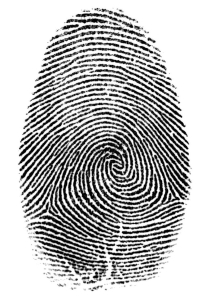Computer scientists at National Institute of Standards and Technology (NIST) have developed and published a new protocol for communicating with biometric sensors over wired and wireless networks. Biometric sensors are being used increasingly for security access to and controls on electronic systems and physical facilities.
The new protocol, called WS-Biometric Devices (WS-BD), allows desktops, laptops, tablets, and smartphones to access sensors that capture biometric data such as fingerprints, iris images, and face images through the use of Web services. Web services enable the exchange of data and messages among different platforms, operating systems, and programming languages over the Web using standard protocols, in this case WS-BD.
The WS-BD protocol is expected to simplify setting up and maintaining secure biometric systems for verifying identity. With WS-BD, biometric systems should be easier to assemble with interoperable components compared to current biometrics systems that generally have proprietary and device-specific drivers and cables.
WS-BD adds a device-independent Web-services layer in the communication protocol between biometric devices and systems to encourage interoperability. The addition of this layer will help make the addition of biometric sensing devices easier to install for users, by eliminating the time and cost of acquiring and installing separate proprietary drivers for the devices.
Those costs can become significant when biometric sensors, which are often installed outdoors and exposed to weather or physical manipulation, need repair or replacement. When current biometric systems break, it can be expensive and time-consuming to find a replacements, since manufacturers often change product lines and phase out previous generations of devices.
A few broken devices could require rebuilding entire systems, with upgraded devices and drivers that may be incompatible with host operating systems. A 2010 National Academies report recommended designing biometric systems with an eye toward anticipating new advances and upgrades to allow for the easy replacement of components.
The document, “Specification for WS-Biometric Devices (WS-BD)” is authored by NIST computer scientists Ross Micheals, Kevin Mangold, Matt Aronoff, Kayee Kwong, and Karen Marshall. The following video tells more about WS-BD.
- First Flaw Reportedly Found in Advanced Encryption Standard
- Univ. Research Leads to Mobile Transaction Security Advances
* * *


 RSS - Posts
RSS - Posts
You must be logged in to post a comment.